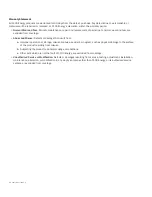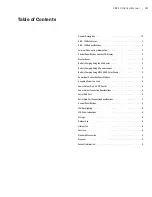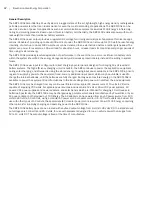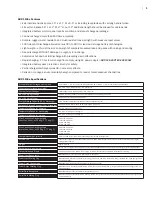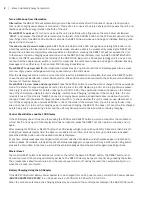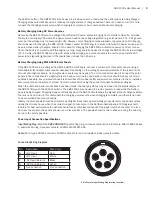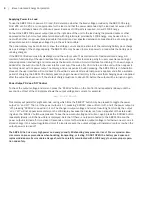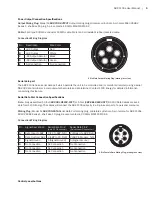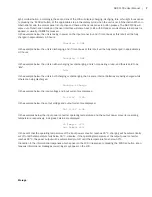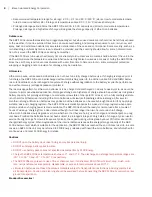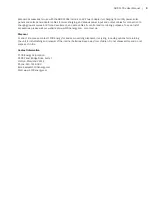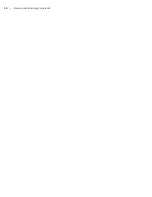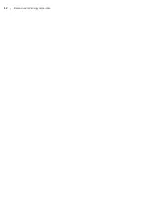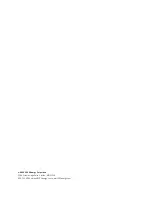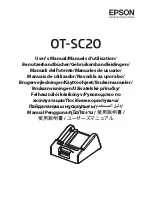
SBP-1100e User Manual |
3
the SCROLL button). The SBP-1100e may be used to provide power to a load while the battery pack is being charged.
Charging stops automatically when it reaches the highest state of charge possible. There is no need to turn off or dis-
connect the charging power source when charging is complete, or be concerned about over-charging.
Battery Charging Using DC Power Sources
Generally, the SBP-1100e may be charged from filtered DC power sources ranging from 10 volts to 28 volts, provided
the source can supply 200 watts. The power source need not be voltage-regulated (e.g. solar panels, 12V – 24V genera-
tors), but the voltage must not exceed 28 volts. However, only charging sources supplied or approved by 1100 Energy,
should be used for charging the SBP-1100e. Please contact 1100 Energy for details. Unfiltered DC power sources, such
as automotive battery chargers, should not be used for charging the SBP-1100e. Automotive power, by direct connec-
tion to the battery of a vehicle with the engine running, may generally be used to charge the SBP-1100e. At low voltages
(10 – 12 volts) the SBP-1100e may draw 20 amps while charging, so avoid connecting the unit to an automotive DC
power jack (cigarette lighter jack) if the jack is fused at less than 20 amps.
Battery Charging Using MF15-3600 Solar Panels
If the SBP-1100e is to be charged from MF15-3600 Solar Panels, connect a minimum of three solar panels, using a
compatible solar adapter cable (see Accessories). Depending on the average power requirements of the load, and the
amount of sunlight available, up to eight solar panels may be needed. The 2-pin connectors used to connect the solar
panels to the cables should be tightly mated to keep out rain water, and all the connectors should be kept out of rain
puddles if possible. Any unmated connectors should have the rubber safety caps which are tethered to them, installed
securely onto the connectors, to protect from rain water. Avoid using the connectors near hazardous voltages.
When the cable and panel connections have been made, the charging status may be viewed on the status display on
the SBP-1100e (push the SCROLL button). The SBP-1100e may be used to provide power to a load while the battery
pack is being charged. Charging stops automatically when the SBP-1100e reaches the highest state of charge possible.
There is no need to turn off or disconnect the charging power source when charging is complete, and there is no need
to be concerned about over-charging.
Ideally, the solar panels should be oriented so sunlight strikes them approximately perpendicular to the panel surface
during the mid-day hours, when the sun is strongest. For example, in the Northern hemisphere, at 40 degrees north
latitude, for best performance the panels should face south, elevated about 40 degrees from the horizontal. In a loca-
tion near the equator, the panels should lie on a level surface. The panels should not be in shadow during the mid-day
hours, to the extent possible.
Power Input Connection Specifications
Input Mating Plug:
Model №
SBP-CON-INPUT
Input mating plug, miniature cylindrical, 5-pin female. MIL-C-26482 Series
1, shell size 14 plug, 5 socket contacts, 16 AWG. MS3116F14-5S
Cable:
16/4 type SOOW 4-conductor 16 AWG cable. Water and oil resistant rubber jacketed cable.
Connection Wiring Diagram
Pin
Description
Wire Color
A
+DC Input
Red
B
+DC Input
White
C
-DC Input (Return)
Black
D
-DC Input (Return)
Green
E
No Connection
No Connection
5-Pin Female Input Mating Plug (mating face view)


